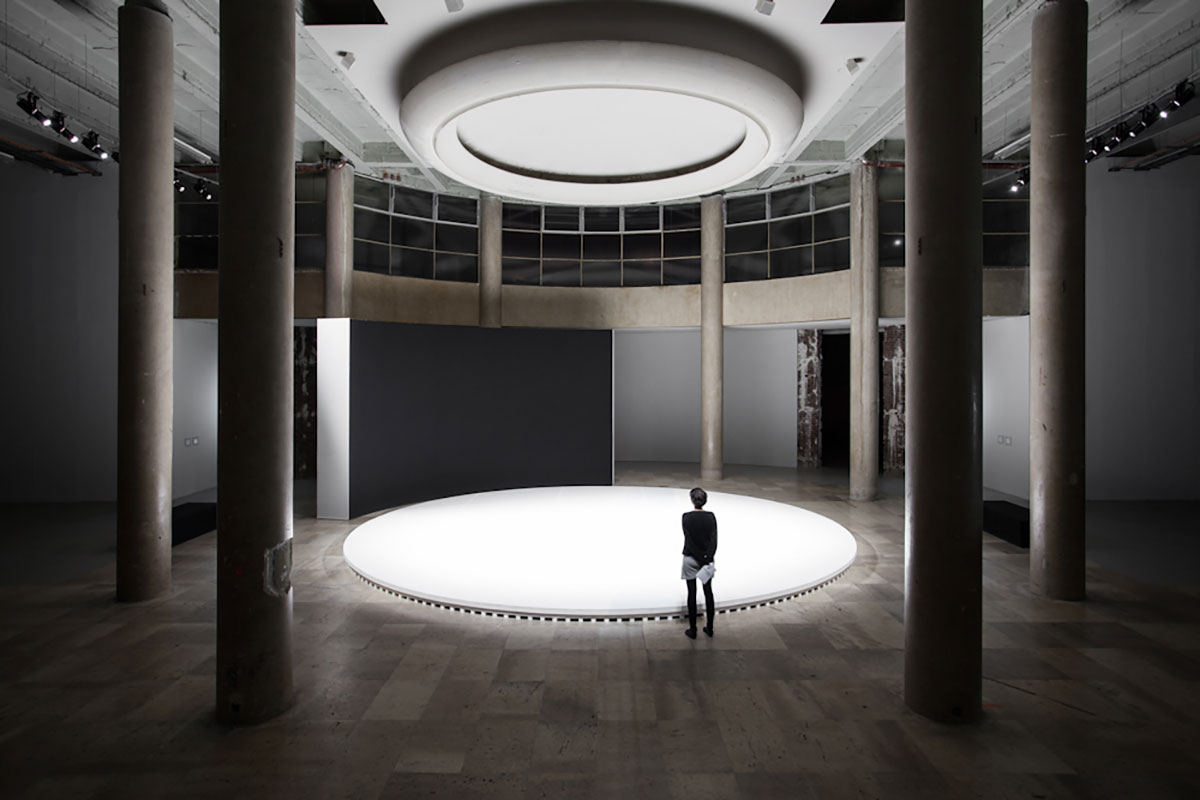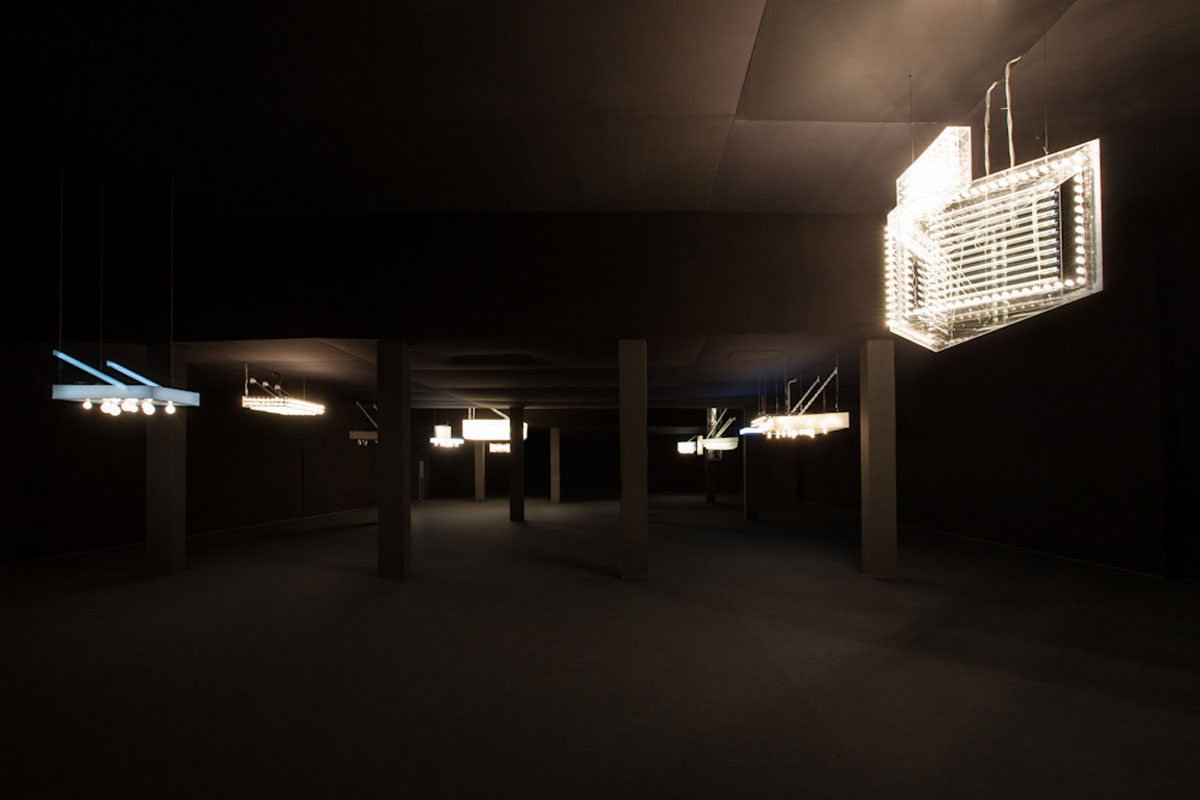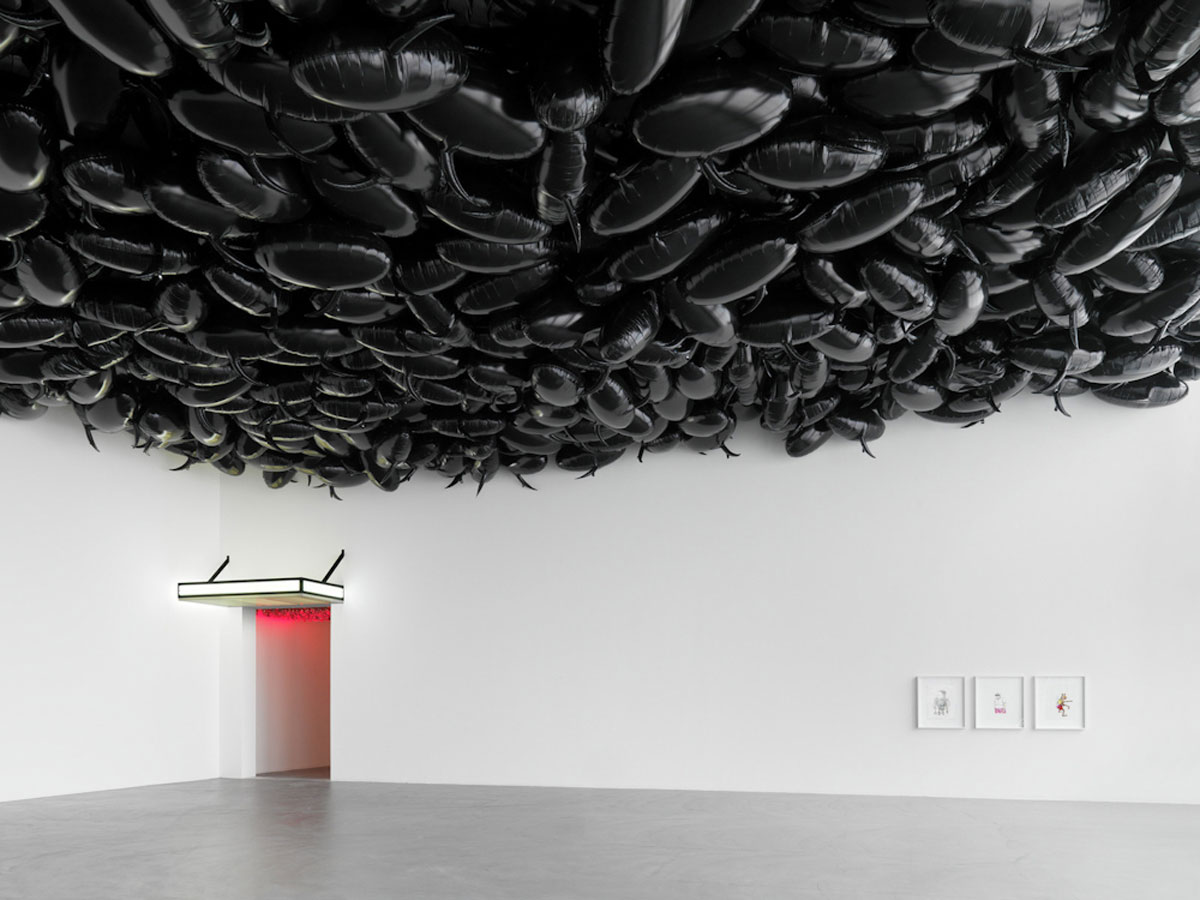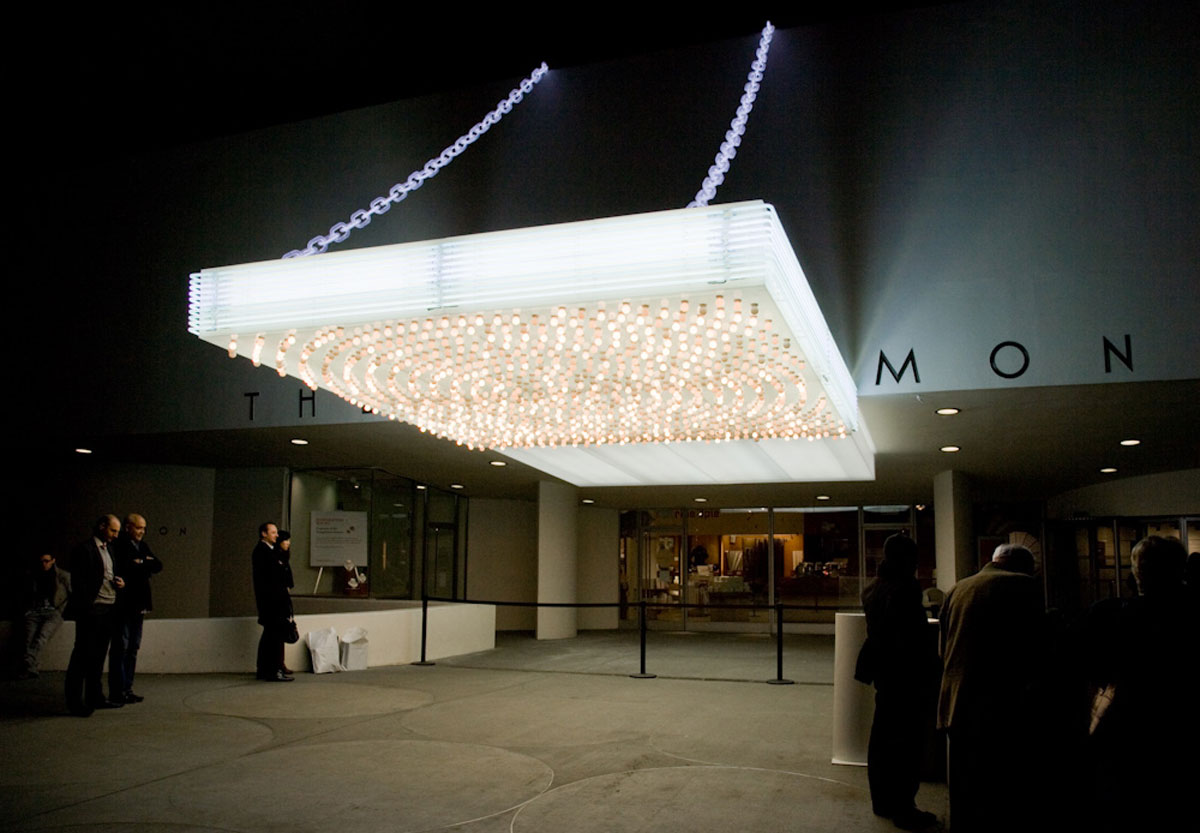ART CITIES: N.York-Philippe Parreno
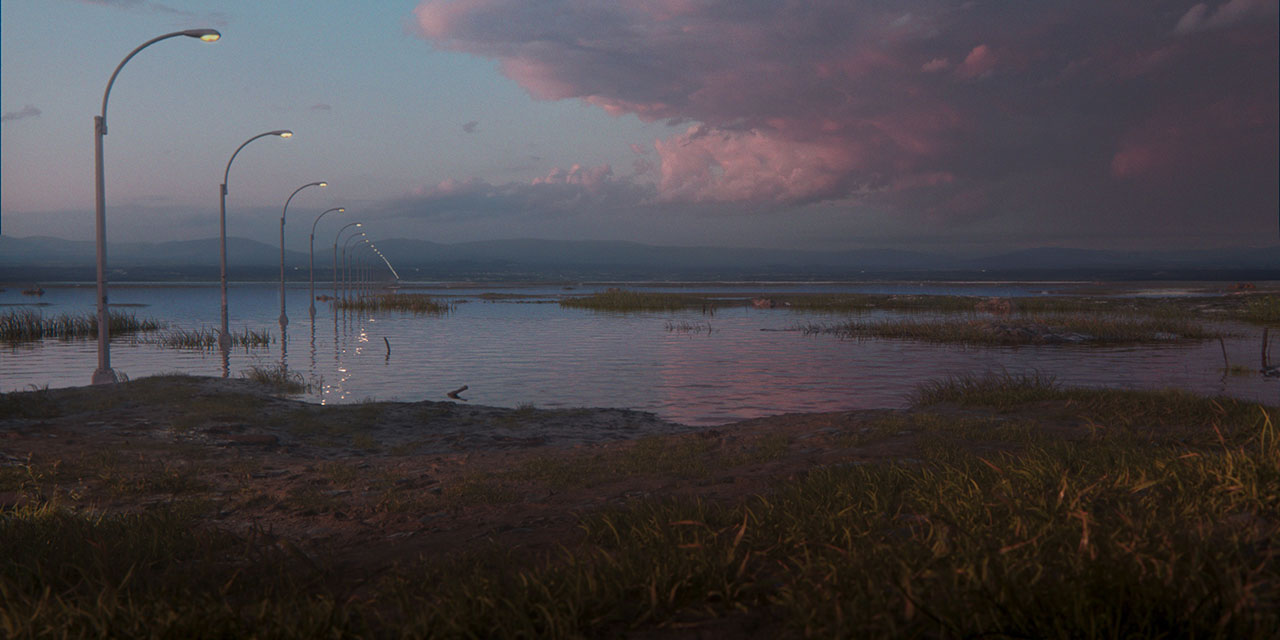 Philippe Parreno rose to prominence in the 1990s, earning critical acclaim for his work that spans a diversity of media, including film, sculpture, drawing, and text. Parreno radically redefined the exhibition experience by taking it as a medium, placing its construction at the heart of his process. Exploring the possibilities of the exhibition as a coherent “object” rather than as a collection of individual works, it becomes a veritable open space, a format that differs on each occasion, and a frame for things to appear and disappear.
Philippe Parreno rose to prominence in the 1990s, earning critical acclaim for his work that spans a diversity of media, including film, sculpture, drawing, and text. Parreno radically redefined the exhibition experience by taking it as a medium, placing its construction at the heart of his process. Exploring the possibilities of the exhibition as a coherent “object” rather than as a collection of individual works, it becomes a veritable open space, a format that differs on each occasion, and a frame for things to appear and disappear.
By Dimitris Lempesis
Photo Gladstone Gallery Archive
Philippe Parreno’s exhibition “Hertzian Tales” is the most recent manifestation of his ongoing contemplation of art as both sentient and sensual. New and recent works perform an intricate choreography in reaction to multiple stimuli, some as ineffable as the slow melt of time or invisible shifts in barometric pressure, others as shocking and urgent as climate change. The transparent acrylic “Clock” (2020) with its multiple faces animated by gears controlled by a DMX box, adheres to the forward propulsion of passing minutes, yet stutters and shifts according to changes in the atmosphere. The video, “The Owl in Daylight” (2020-2023), never before exhibited in the U.S., comprises a CGI-animated waterscape in which light and vapor and a fugitive city appear and disappear algorithmically in concert with actual climactic fluctuations. Part weather station, part imaginary world, this digital work pays homage to the last, unfinished, eponymously titled novel by sci-fi author Philip K. Dick, situated on an alien planet that lacks sound and considers the cacophony of Earth as a kind of heaven. The video’s generative soundtrack was conceived by composer and sound engineer Nicolas Becker to blend naturalistic noises with abstract echoes of our tech-driven landscape. An additional layer of sound interacts with the video for its current manifestation in the gallery. The voice of actor Charlotte Gainsbourg (with whom Parreno is currently working on a film project) responds to the natural forces depicted on the screen, becoming one with the water, the wind, and the rain. The non-narrative voiceover is determined by a computer program that syncs sound with the mutable components of the video. Using the Markov model, which assumes that all future states depend only on the current state, the algorithm allows endless permutations. Parreno’s heliostat sculpture, which typically captures the movement of sunlight to then reflect it onto a stationary point, here follows the sound of Gainsbourg’s voice, sending a ray of solar energy onto the screen in response to it. Like the beam of a film projector in a cinema, this light alludes to an unfolding narrative. The heliostat, the voiceover, and the video are synchronized like a mechanical ballet, a multi-part automaton recounting a lyrical, esoteric story. “Hertzian Tales”, an allusion to the flow of electromagnetic waves—operates as a self-regulating system, adhering to a predetermined sequence of operations. Yet, within its framework, the intricate interplay of elements births feedback loops, unexpected variables, and non-linear events—making outcomes elusive and unpredictable. At its core, the exhibition can be distilled into a formula of interdependencies: climactic fluctuations animate a film, which in turn modulates the soundtrack. This auditory landscape then influences a voice, ultimately guiding the movement of a heliostat. Parreno’s presentation at Gladstone inaugurates a year of major exhibitions and projects, including solo presentations at the Leeum Museum, Seoul, and the Haus der Kunst, Munich, that will expand on the artist’s ongoing exploration of voice generation and systems for computerized sentience, which are being exhibited here for the first time.
Photo: Philippe Parreno, The Owl in Daylight, 2020, Digital video (color, sound), player, weather station with online connectivity, Screen: 70 7/8 x 128 x 3 inches (180 x 325 x 7.5 cm), © Philippe Parreno, courtesy the artist and Gladstone Gallery
Info: Gladstone Gallery, 515 West 24th Street, New York, NY, USA, Duration: 21/9-28/10/2023, Days & Hours: Tue-Sat 10:00-18:00, www.gladstonegallery.com/
